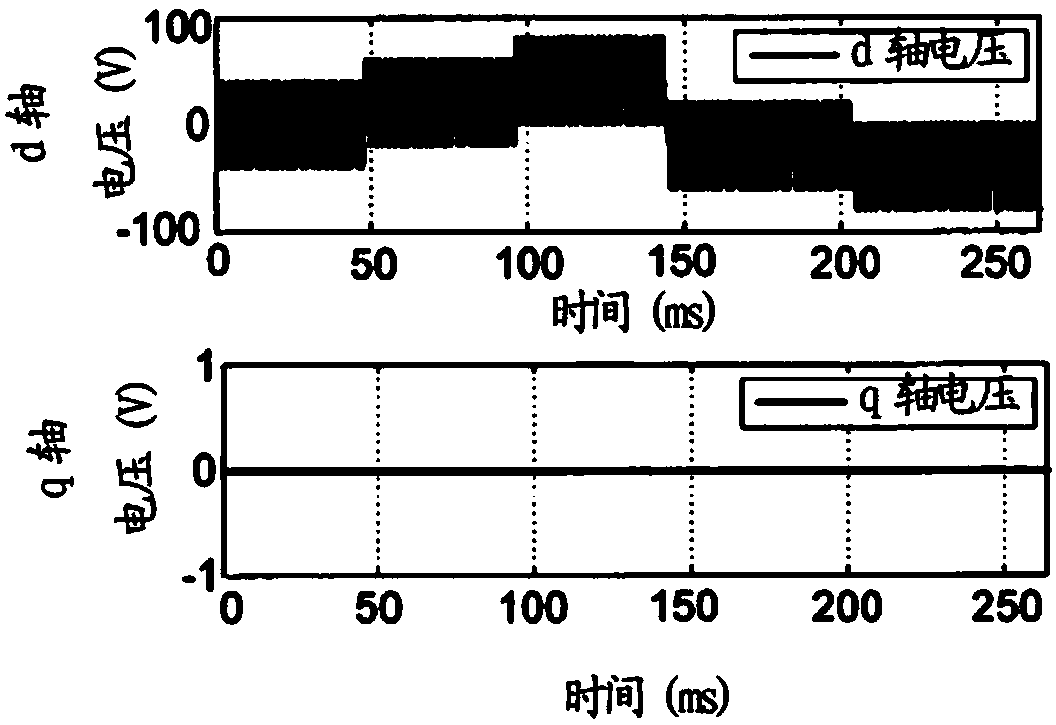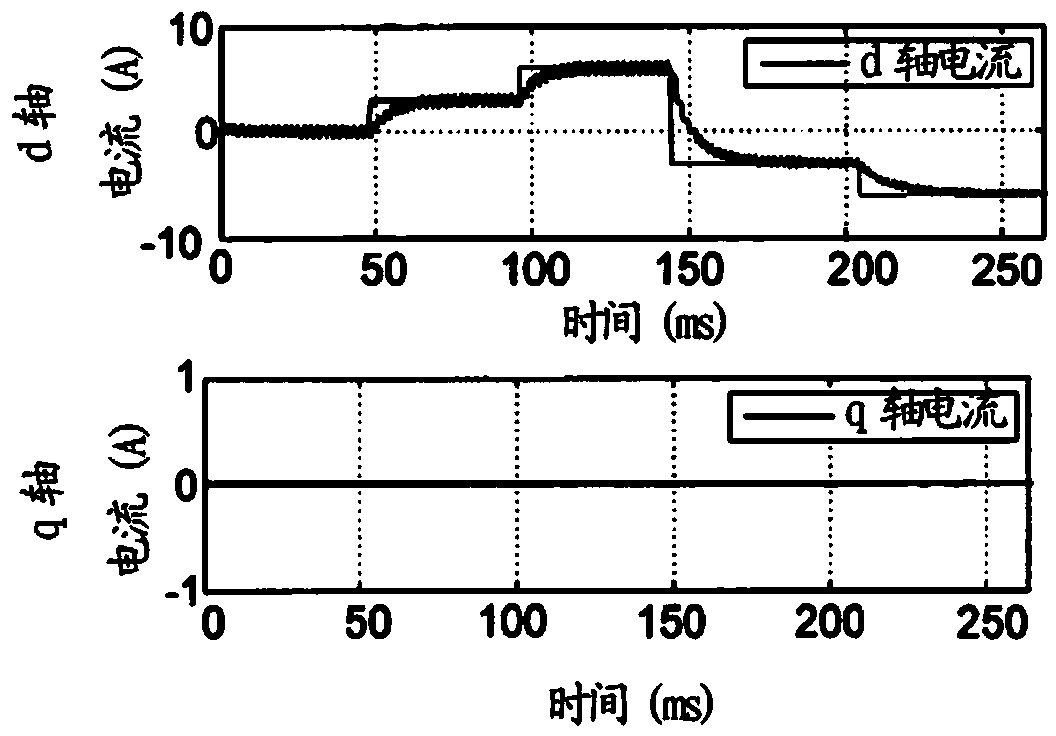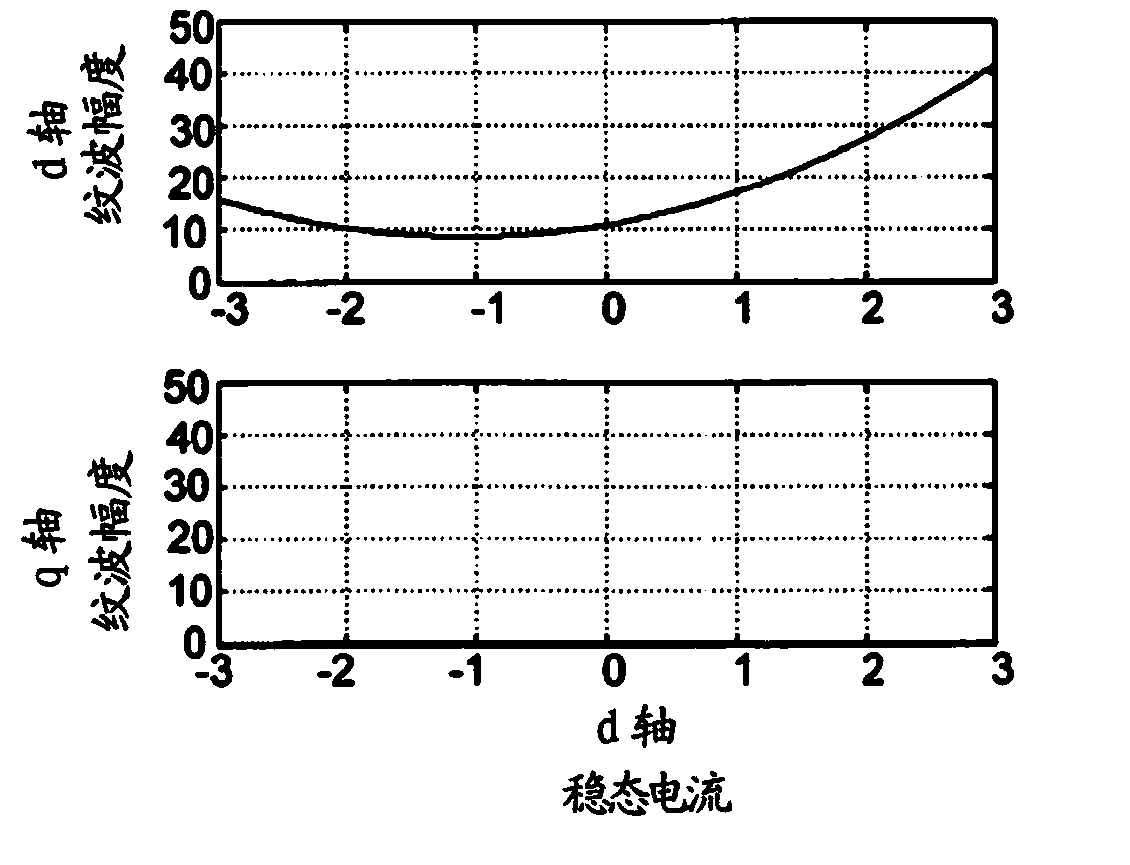Control method implemented in a power converter and intended for identifying parameters linked to the magnetic saturation of an electric motor
A technology of a power converter and a control method, which is applied in the direction of electronic commutation motor control, estimation/correction of motor parameters, motor control, etc., can solve problems such as inability to apply to synchronous motors
- Summary
- Abstract
- Description
- Claims
- Application Information
AI Technical Summary
Problems solved by technology
Method used
Image
Examples
Embodiment Construction
[0025] The present invention relates to a control method implemented in a variable speed drive type power converter connected to a permanent magnet synchronous motor M (referred to as "PMSM").
[0026] As is well known, a variable speed drive type power converter is connected upstream to the power grid and downstream to the electric motor. Variable speed drives include:
[0027] The rectifier module at the input generally includes a diode bridge designed to rectify the AC voltage supplied by the power grid,
[0028] The DC power supply bus to which the voltage rectified by the rectifier module is applied, the DC power supply bus has a bus capacitor that makes it possible to maintain the bus voltage at a constant value,
[0029] The inverter module INV at the output is intended to convert the DC bus voltage into a variable voltage to be applied to the motor M.
[0030] The inverter module INV is controlled by adopting the determined control law operated by the control device. The contr...
PUM
 Login to View More
Login to View More Abstract
Description
Claims
Application Information
 Login to View More
Login to View More - R&D
- Intellectual Property
- Life Sciences
- Materials
- Tech Scout
- Unparalleled Data Quality
- Higher Quality Content
- 60% Fewer Hallucinations
Browse by: Latest US Patents, China's latest patents, Technical Efficacy Thesaurus, Application Domain, Technology Topic, Popular Technical Reports.
© 2025 PatSnap. All rights reserved.Legal|Privacy policy|Modern Slavery Act Transparency Statement|Sitemap|About US| Contact US: help@patsnap.com



